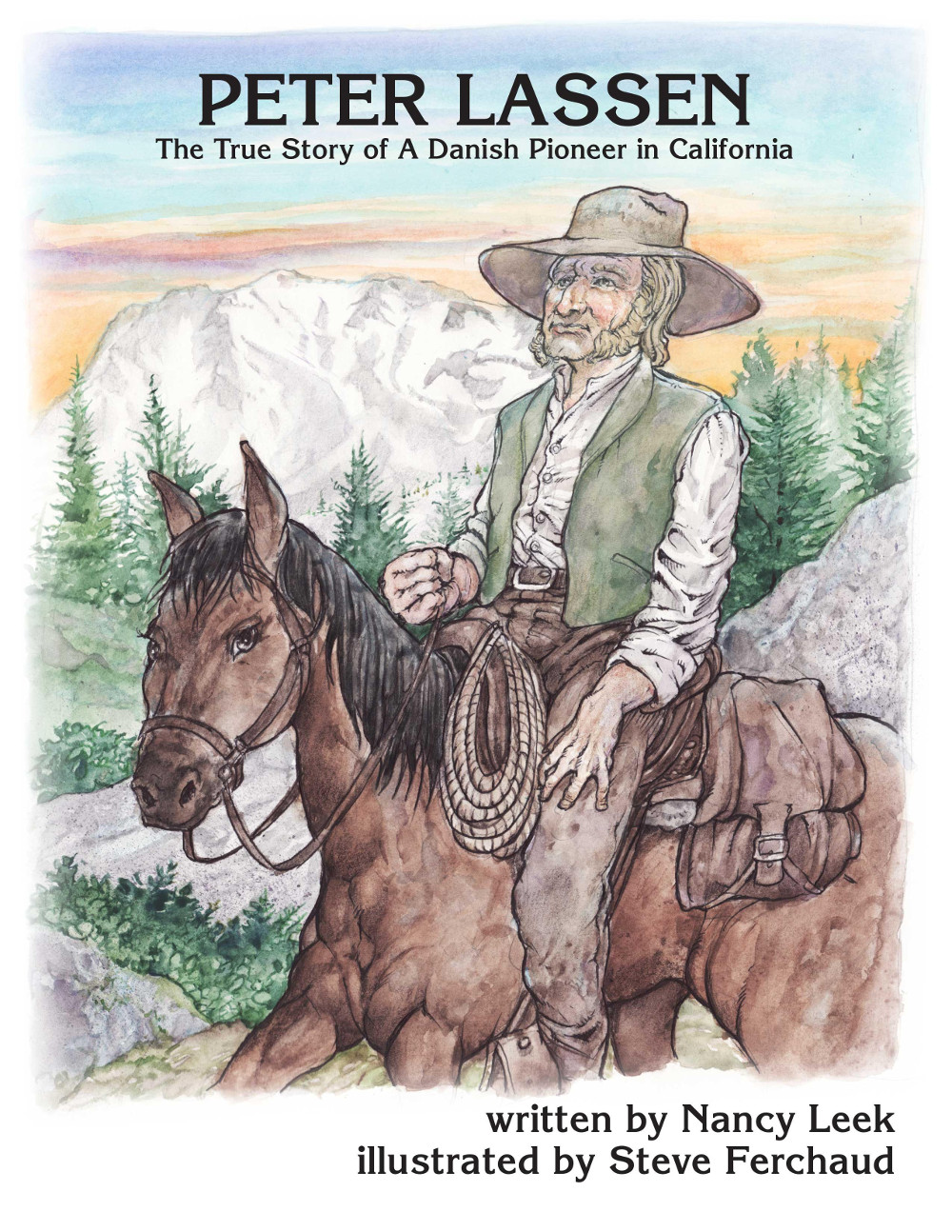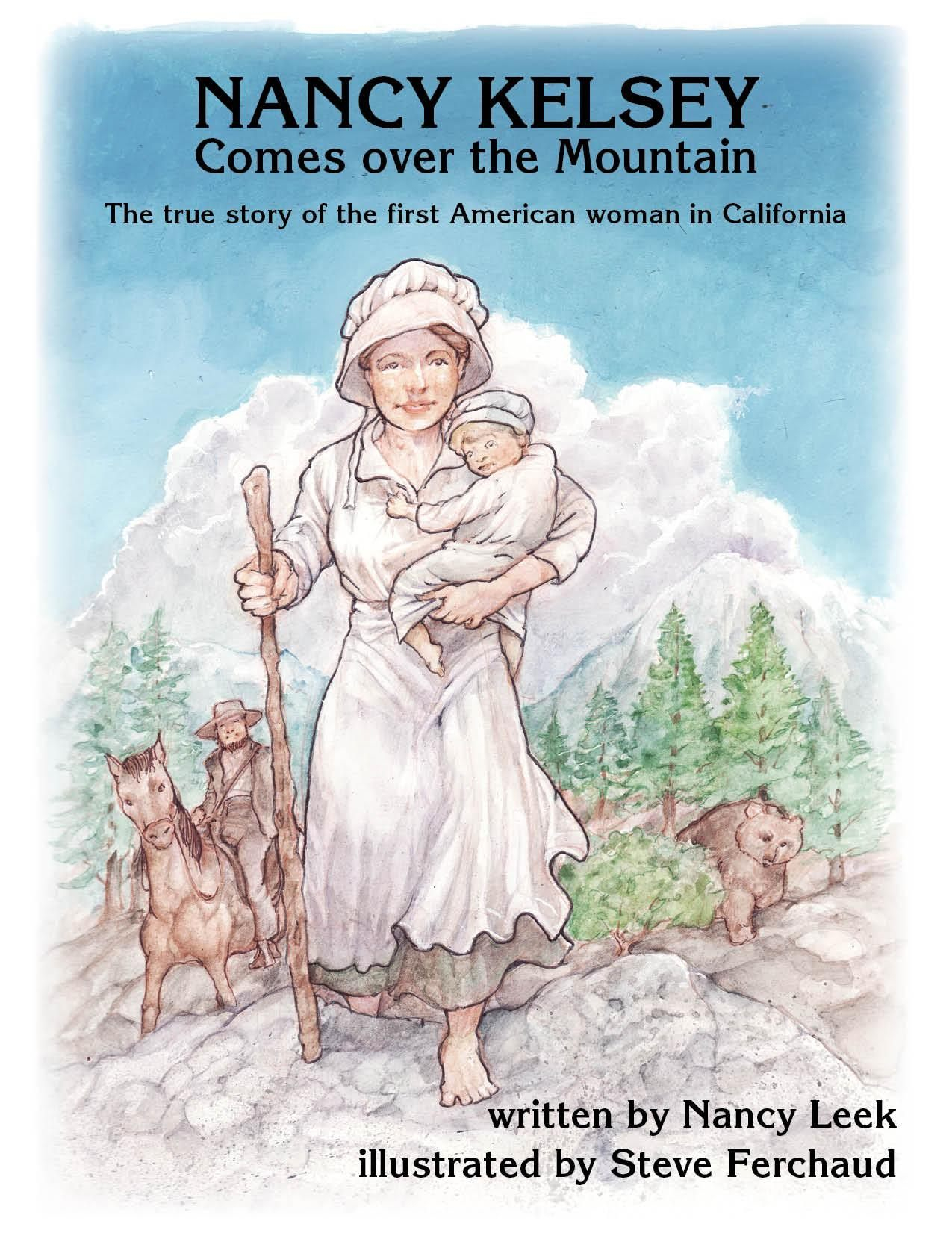John Sutter needed lumber. He was always building — on his fort, around the fort, up at his farm. He also planned to sell lumber to the settlers who were coming into California in increasing numbers. He needed a sawmill.
In his New Helvetia Diary, where he kept a daily record of events and comings and goings at the fort, John Sutter wrote:
Aug. 27: Made a contract and entered in partnership with Marshall for a sawmill to be built on the [American] fork.
Marshall was a skilled carpenter and wheelwright. He had come to California via Oregon in 1845.
John Bidwell wrote out the contract, although he had his doubts about the advisability of the plan. He had inspected the site at Coloma himself, and thought that the American River canyon was too rocky and narrow for safely rafting lumber downstream to Sutter’s Fort. Later he would write:
I wrote the contract between Sutter and him [Marshall] to build the mill. Sutter was to furnish the means; Marshall was to build and run the mill, and have a share of the lumber for his compensation. His idea was to haul the lumber part way and raft it down the American River to Sacramento, and thence, his part of it . . . . down to San Francisco for a market. . . . It is hard to conceive how any sane man could have been so wide of the mark, or how anyone could have selected such a site for a sawmill. Surely no other man than Marshall ever entertained so wild a scheme . . . and no other man than Sutter would have been so confiding and credulous as to patronize him.
But in the end it didn’t matter. Marshall, who was a skilled carpenter and wheelwright, hired Indians and soldiers from the Mormon Battalion to get the sawmill built. It was coming along nicely until January 24, 1848, when Jim Marshall found little flecks of gold in the tailrace of the mill.
And the rest is history.







